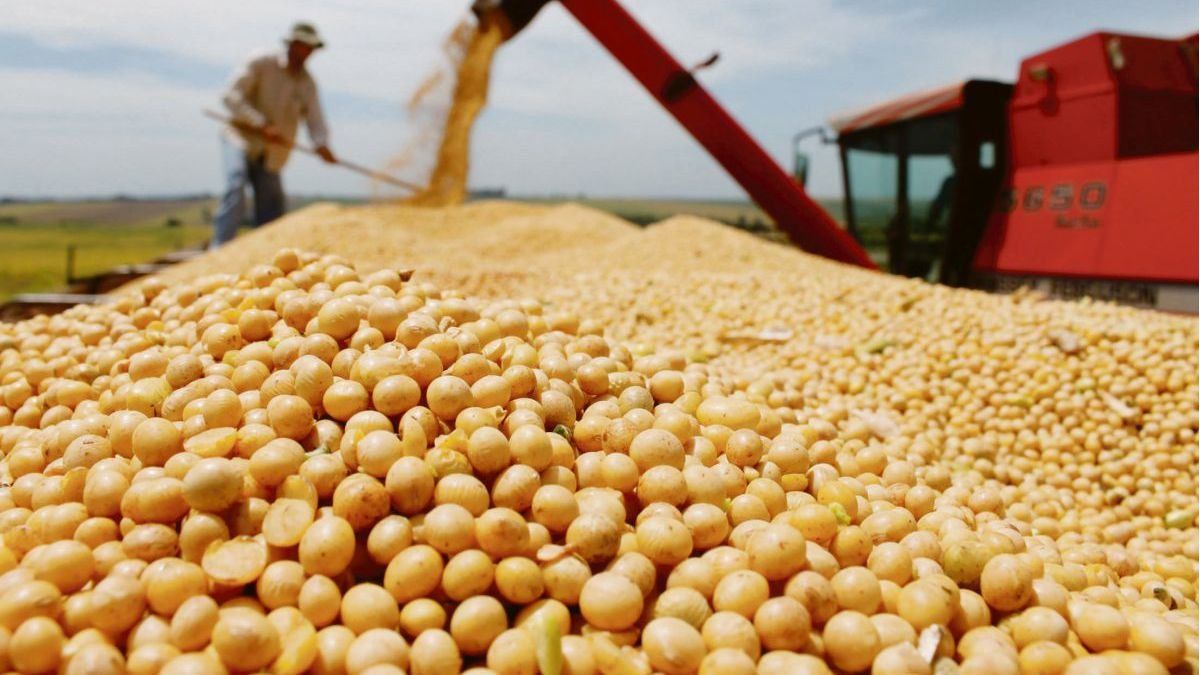In the last week, 578,000 tons were sold, which marks a drop of 208,000 tons compared to the previous seven days. In this way, the sale remains behind by more than 9 percentage points with respect to the rhythm of the previous campaign.
Another piece of data that is not at all encouraging is that of the total sold, only 9.9 million tons were at a fixed price, the rest is to be fixed, which would also imply in practice a slowdown in the coming weeks with respect to foreign exchange earnings.
In this context, those players that are in the “origination” of grains, more precisely the companies that grind soybeans to produce soybean oil and flour for export, are finding less merchandise in the market due to the reluctance to sell by the producers. Something not at all positive for the crushing industry since it would increase its idle capacity and would have to continue operating with negative margins.
In the medium term, this scenario could lead to a rise in local prices, even taking off from the international market, because ultimately the industry needs soybeans and will go out and buy it, but the truth is that on the sidewalk across the street producers continue to demand a correction of the official exchange rate that was far behind against inflation and taking into account that they also pay 33% withholdings.
Definitely, The panorama is presented as a crossroads for the Government. In the first place, while it proposes possible measures to contain the demand of the importing sectors, it would face in the short term a lower income of dollars from the field if the producers do not want to sell their soybeans. Something that would also fully impact the firepower of the BCRA to be able to contain the exchange rate and accumulate foreign currency.
Recent history shows that, despite high international prices or any stimulus provided by the Government for farmers to sell their harvest quickly if the economy shows turbulence, farmers retain soybeans as a refuge of value to face the next campaign. .
In the midst of the pandemic, in October 2020, the Government even ordered a temporary drop in soybean retentions and not even with this stimulus did the farmers decide to get rid of the grains they kept in their silos. Very far from speculation, local producers think of “soybeans” because it is their most profitable exchange asset and they save on grains to weather any crisis that is coming in the short term.
Source: Ambito
David William is a talented author who has made a name for himself in the world of writing. He is a professional author who writes on a wide range of topics, from general interest to opinion news. David is currently working as a writer at 24 hours worlds where he brings his unique perspective and in-depth research to his articles, making them both informative and engaging.




